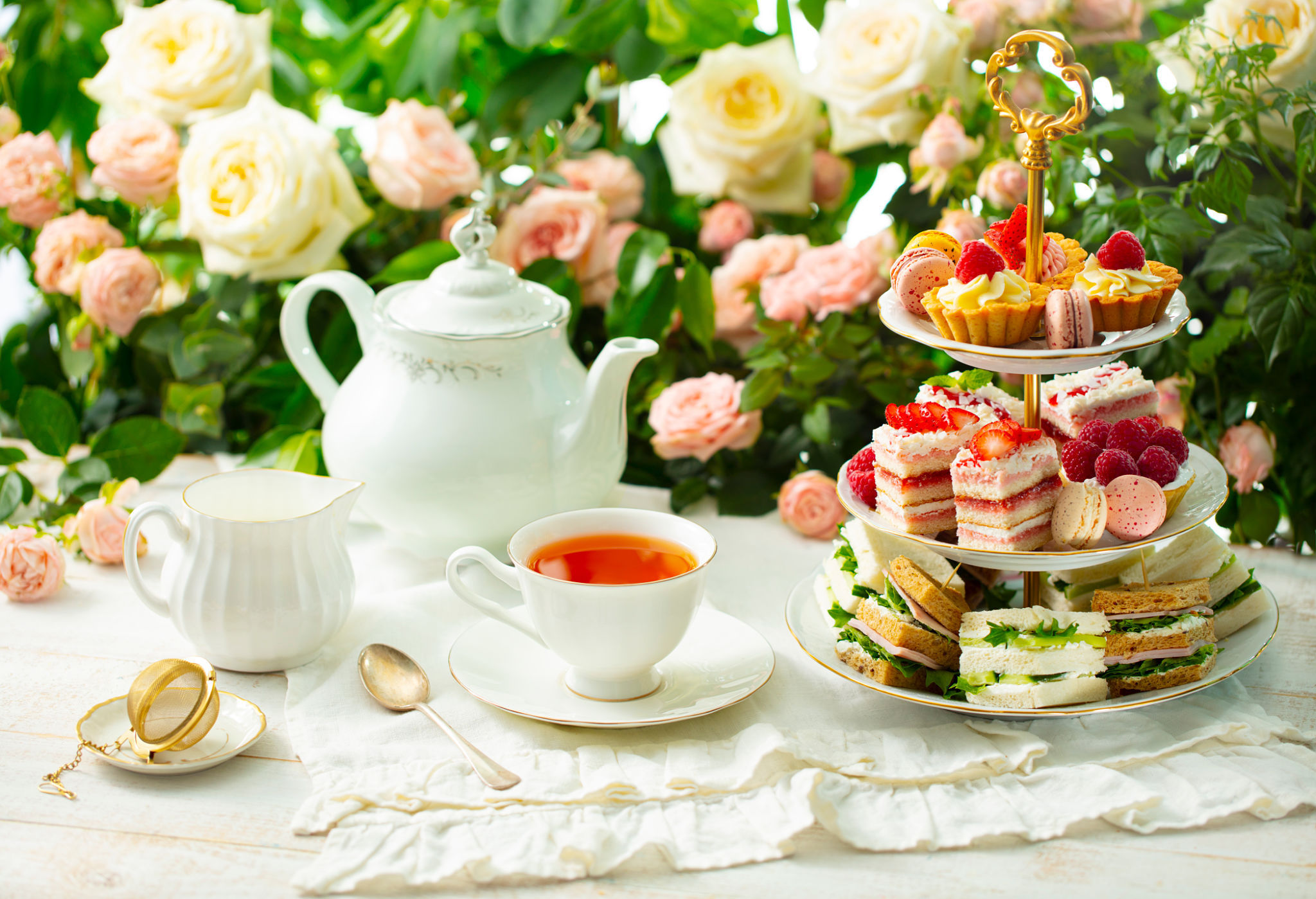Afternoon Tea Etiquette: What You Need to Know
LK
The Origins of Afternoon Tea
Afternoon tea is a beloved British tradition that dates back to the early 19th century. It was introduced by Anna, the Duchess of Bedford, who found herself feeling peckish during the long gap between lunch and dinner. To satiate her hunger, she requested tea, bread, and butter be brought to her room in the late afternoon. This soon became a social event among the elite, eventually evolving into the delightful ritual we know today.
Today, afternoon tea is enjoyed worldwide, celebrated for its elegance and charm. Whether you’re indulging in this tradition at a luxurious hotel or hosting your own at home, understanding proper etiquette can enhance the experience.

Understanding the Basics
Knowing the basic structure of afternoon tea can help you navigate the event with ease. Typically, afternoon tea consists of three courses:
- Savory items: These often include finger sandwiches with fillings like cucumber, smoked salmon, or egg salad.
- Scones: Served with clotted cream and jam, scones are a quintessential part of the experience.
- Sweet treats: A selection of pastries, cakes, or tarts rounds out the meal.
Tea is, of course, the centerpiece of this tradition. When selecting your tea, opt for classic blends such as Earl Grey or Darjeeling. Remember to pour your tea first and then add milk if desired. Avoid stirring too vigorously to prevent clinking your spoon against the cup.
The Importance of Dress Code
While afternoon tea is a relaxed affair, dressing appropriately shows respect for the tradition. Generally, a smart-casual dress code is observed. For men, this might mean a collared shirt and slacks, while women might opt for a dress or a blouse and skirt combination. In more formal settings, such as luxury hotels, you may even see guests wearing suits or elegant dresses.

Handling Utensils with Grace
Proper utensil use is crucial in maintaining etiquette during afternoon tea. It’s important to use your fingers when eating finger sandwiches and scones. When using utensils for pastries, hold your fork in your right hand and your knife in your left. Cut one bite-sized piece at a time to maintain elegance.
Conversation and Conduct
Afternoon tea is also an opportunity for engaging conversation. Keep topics light and avoid controversial subjects to ensure everyone enjoys a pleasant experience. It’s also polite to put away electronic devices to focus on the company around you.
When refilling your teacup or offering food to others, remember to show courtesy. Offer to pour tea for your companions before serving yourself and pass dishes from the left to the right.

The Role of Timing
Timing is crucial when hosting or attending afternoon tea. Typically held between 3:30 PM and 5:00 PM, it’s important to arrive on time. If you’re hosting, make sure everything is ready before your guests arrive so they feel welcomed.
The Joy of Personal Touches
While following traditional etiquette is important, adding personal touches can make your afternoon tea memorable. Consider incorporating themed decor or crafting personalized invitations for your guests. You might also offer a selection of teas from different regions to spark conversation and curiosity.
Whether you’re new to afternoon tea or a seasoned enthusiast, understanding these etiquette guidelines can enhance your experience and help keep this delightful tradition alive for future generations.